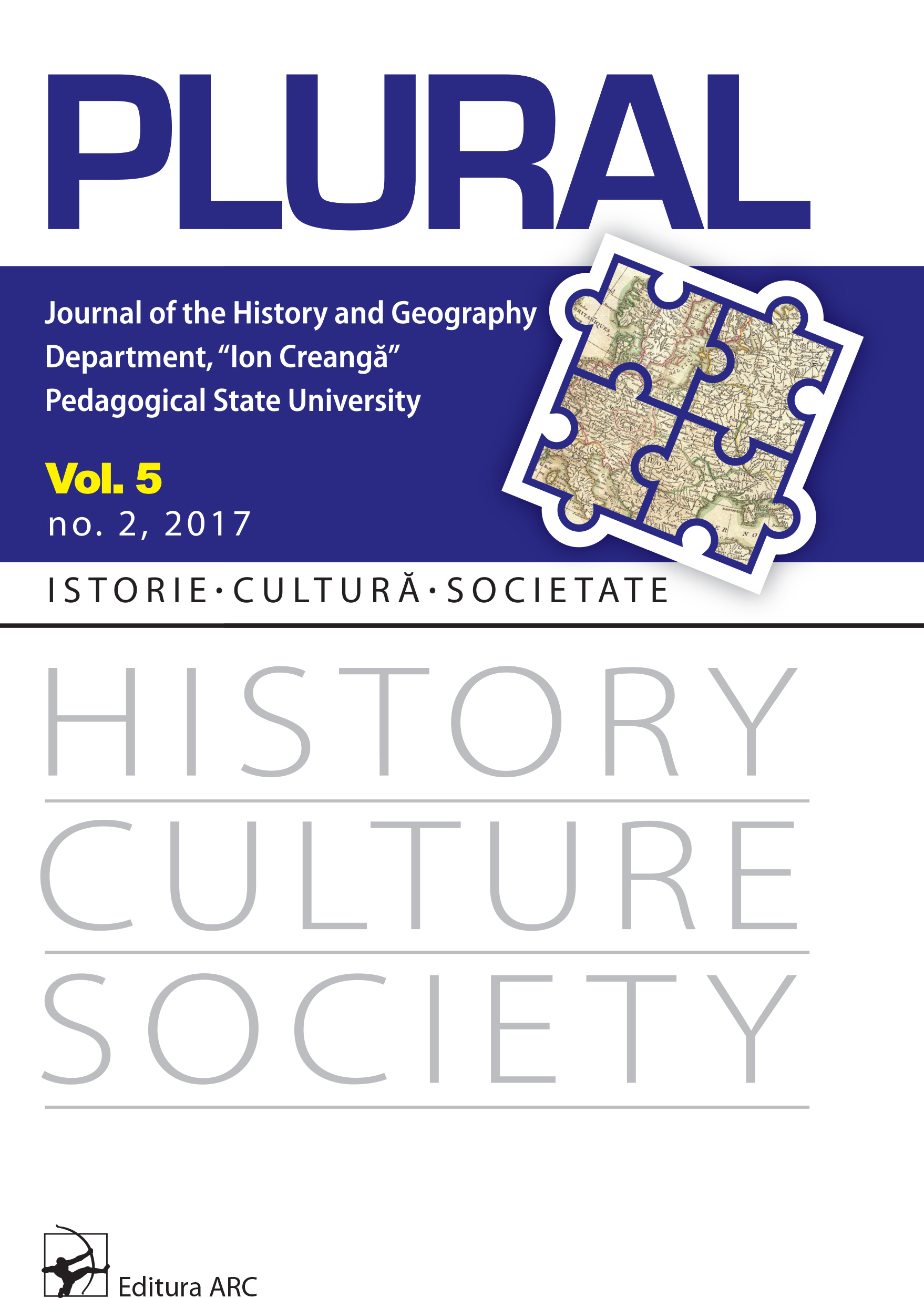Notes on the metal pyxides recently discovered in the Sarmatian environment south the Lower Mureș River
Notes on the metal pyxides recently discovered in the Sarmatian environment south the Lower Mureș River
Author(s): Vitalie BârcăSubject(s): History, Archaeology, Ancient World
Published by: Facultatea de Istorie și Geografie, Universitatea Pedagogică de Stat „Ion Creangă”
Keywords: pyxides; graves; the Sarmatians; the Iazyges; the Great Hungarian Plain
Summary/Abstract: This study, although not exhaustive, attempts to analyse pieces of the type discovered in the Sarmatian environment of the Great Hungarian Plain starting from the bronze and iron pyxides discovered in 2010 during the rescue archaeological excavations prior the construction of the Arad-Timişoara Motorway, namely, sector Arad-Seceani, in graves 3 and 7 from the cemetery investigated at Hunedoara Timişană, Şagu commune, Arad county. The author discusses the pieces from Hunedoara Timişană, together with pieces recovered from other funerary complexes of the Great Hungarian Plain, in a broader context and concludes that the graves where they were identified are women and children graves. The pyxides from G 3 at Hunedoara Timişană, together with the rest of the grave goods, but also with those of the surrounding graves, support a dating most likely to the second-third/mid-third quarter of the 3rd century AD. The specimen in G 7 was interpreted as having been used as a rattle (Pyxidenklapper), thus rather fulfilling the function of a pendant, the grave dating sometimeto the chronological interval between the end of the 2nd – 3rd quarter of the 3rd century AD. Upon the analysis of such metal pieces recovered in the Sarmatian environment, the author notes that they are not often recorded in the Sarmatian cemeteries of the Great Hungarian Plain and that their diffusion area lies mainly in the Tisza river basin, being also represented in the territory between the Lower Mureş, Tisza and Danube. Based on their manufacture, together with their decoration and its execution, the author concludes that the bronze pyxides from G 3 at Hunedoara Timişană likely are artifacts made by a Roman artisan, possibly travelling, active in the area of economic interaction near the Roman limes. Finally, the author concludes that metal pyxides from the Sarmatian environment of the Great Hungarian Plain, like the rest of the eastern Sarmatian world, include containers for both cosmetic products as well as for a variety of medicinal herbs.
- Issue Year: 5/2017
- Issue No: 2
- Page Range: 101-123
- Page Count: 23
- Language: English

